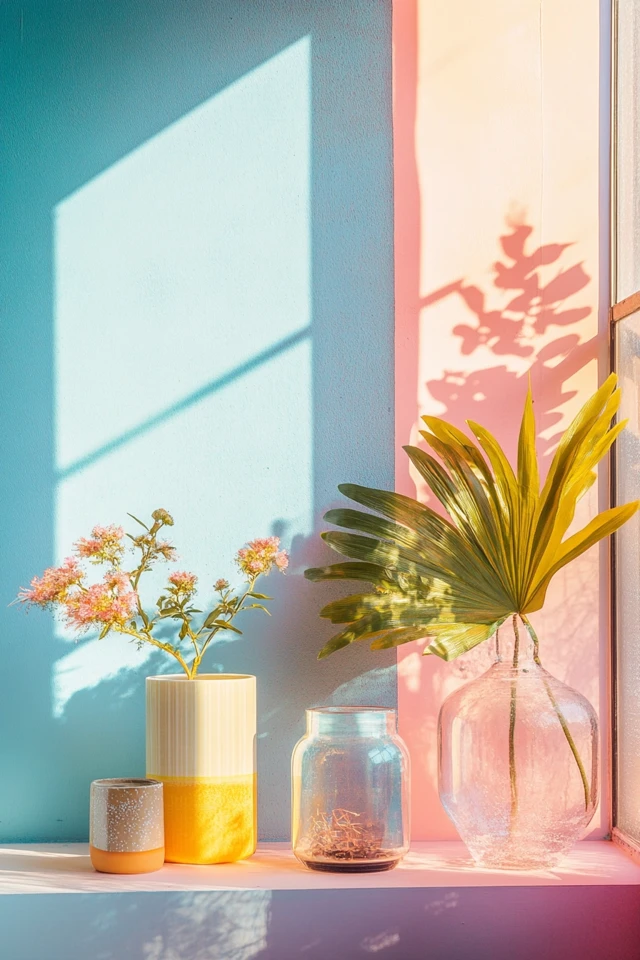Decorating a room is about more than furniture and color palettes—it’s the little details that truly make a space feel like your own. Simple accessories, when chosen thoughtfully, can transform a room from functional to fabulous, creating a space that reflects your personality and style. The best part? These small touches don’t require a big budget or major effort.
I remember when I moved into my first apartment. The room was nice, but it felt generic and impersonal—like it could belong to anyone. By adding a few simple accessories, like a unique vase, a stack of my favorite books, and a throw pillow with a bold pattern, the space quickly started to feel like my home. Those tiny changes had a big impact, and I’ve been hooked on the power of accessories ever since.
In this guide, I’ll show you how to add personality to your room with simple accessories that make a big difference.
Why Accessories Matter
Accessories are like jewelry for your room—they tie everything together and add that final layer of polish. Whether it’s a textured throw, an art piece, or a quirky lamp, accessories allow you to inject your style into your space without major changes.
1. Add Throw Pillows and Blankets
Why It Works
Textiles bring warmth, texture, and personality to your room while being easy to update.
How to Do It
- Mix patterns and textures: Pair bold prints with solid or textured fabrics.
- Use complementary colors that tie into your room’s palette.
- Swap out pillow covers seasonally for a fresh look.
Example:
A neutral sofa comes to life with a mix of mustard yellow pillows, a geometric black-and-white cushion, and a chunky knit throw.
2. Incorporate Personal Photos
Why It Works
Displaying personal photos adds an intimate, sentimental touch to your room.
How to Do It
- Use matching frames for a cohesive look or mix frame styles for a more eclectic vibe.
- Create a gallery wall of family photos, travel memories, or favorite moments.
- Use Polaroids or prints clipped to string lights for a fun, casual display.
Styling Tip:
A few black-and-white photos in minimalist frames on a dresser or shelf create a timeless, elegant display.
Picture Gallery

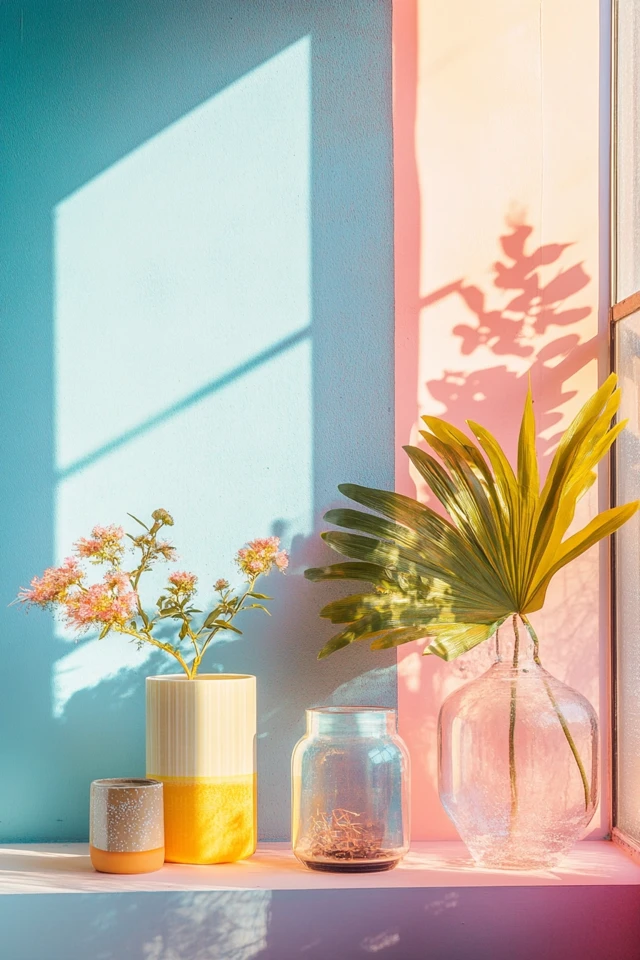
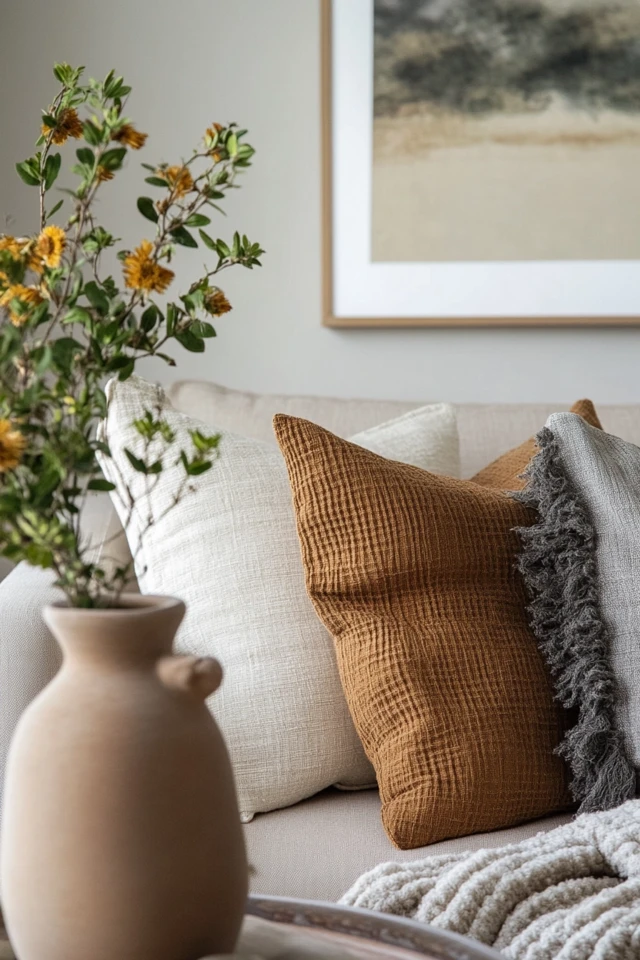
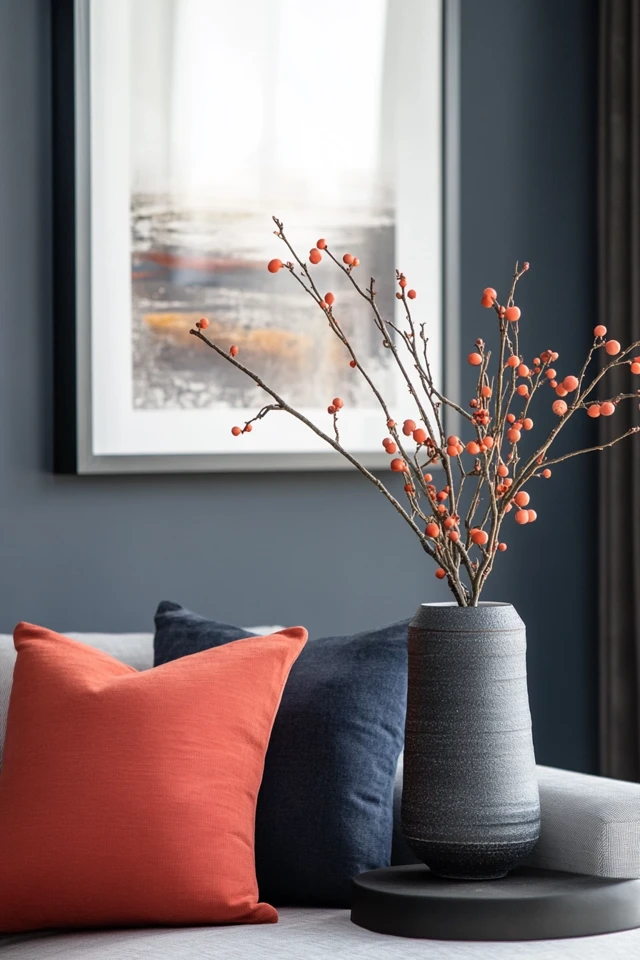

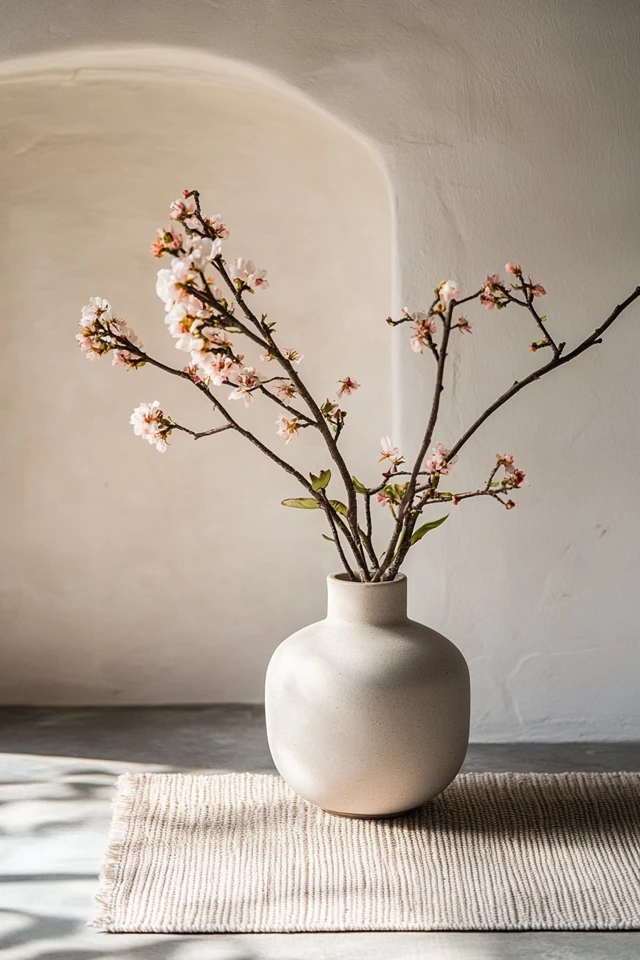
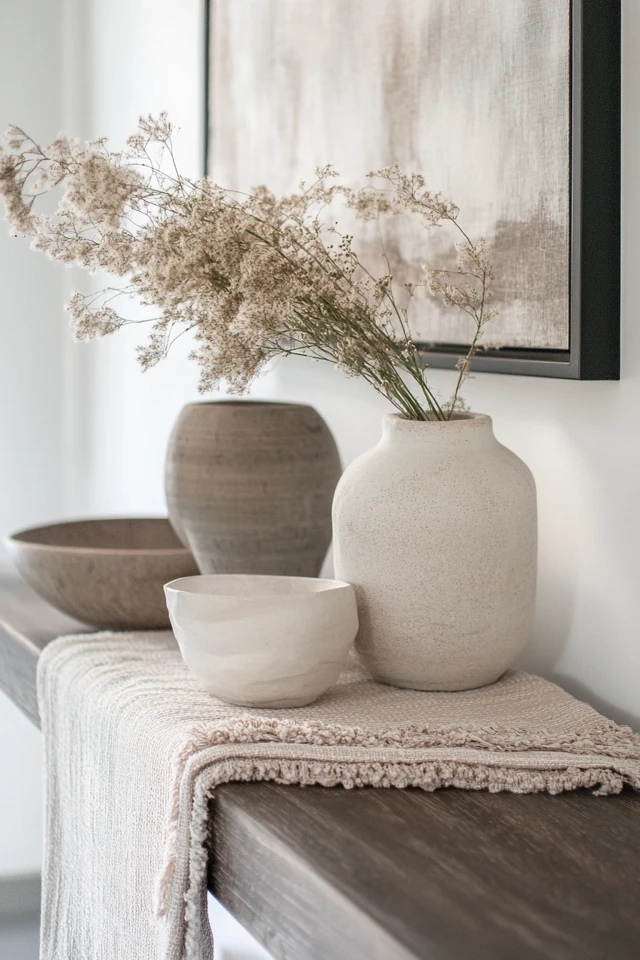
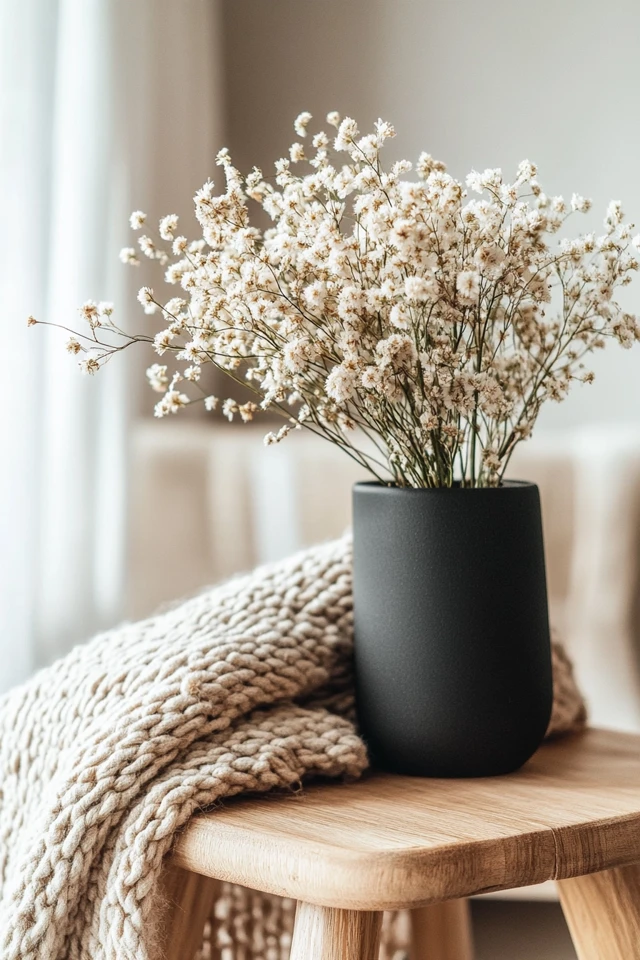
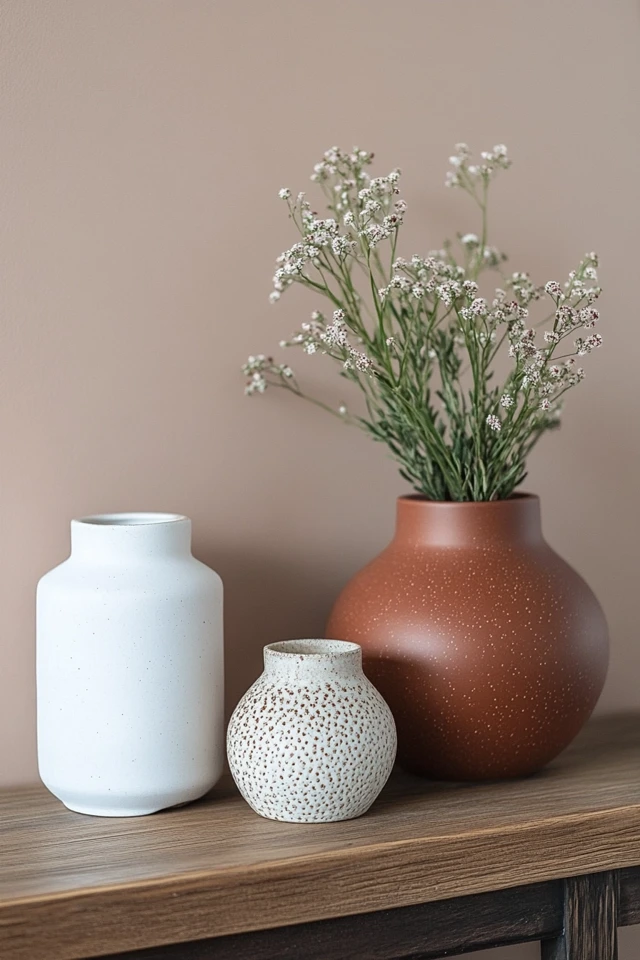
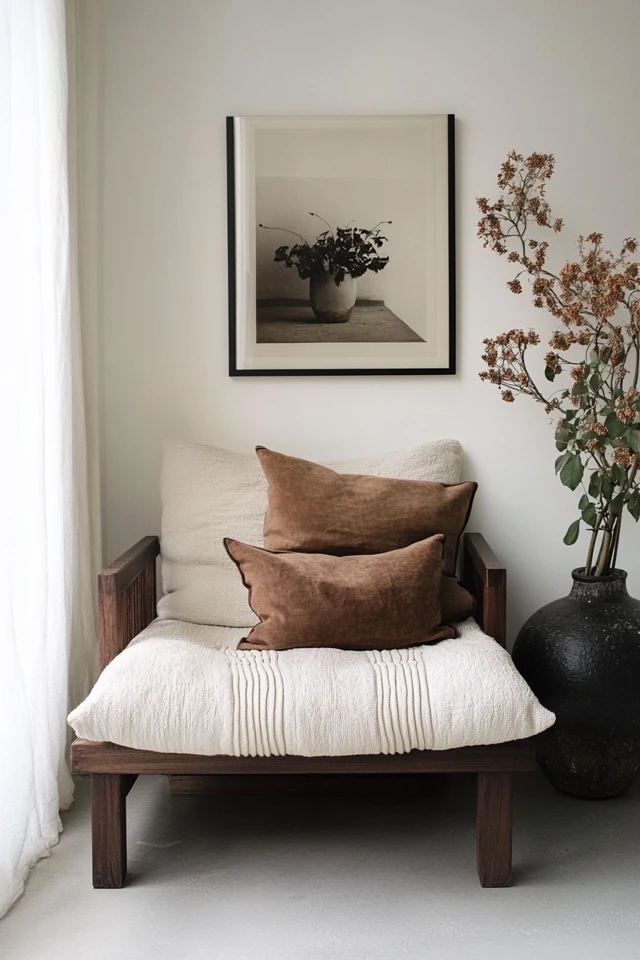
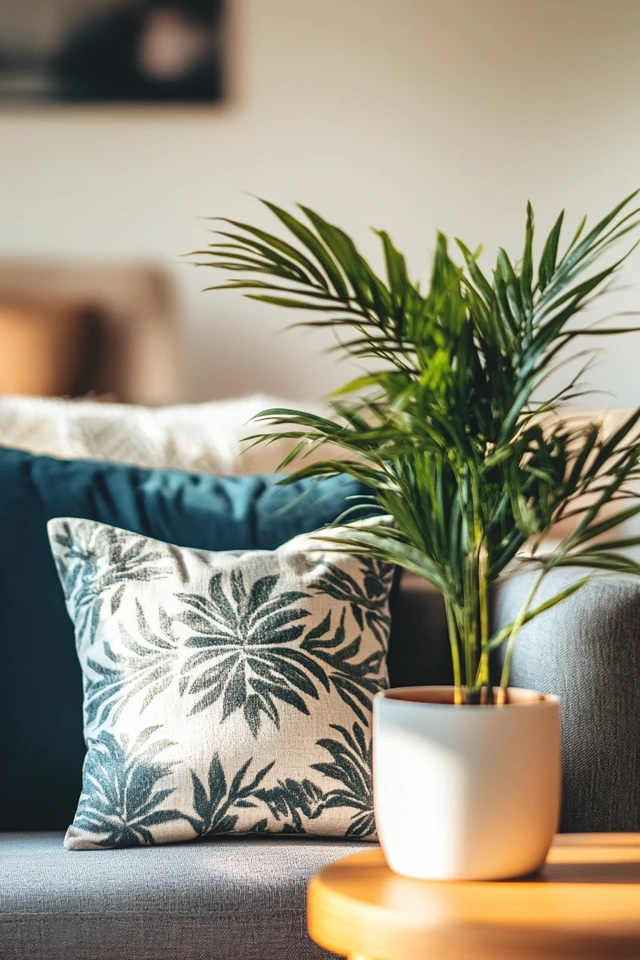
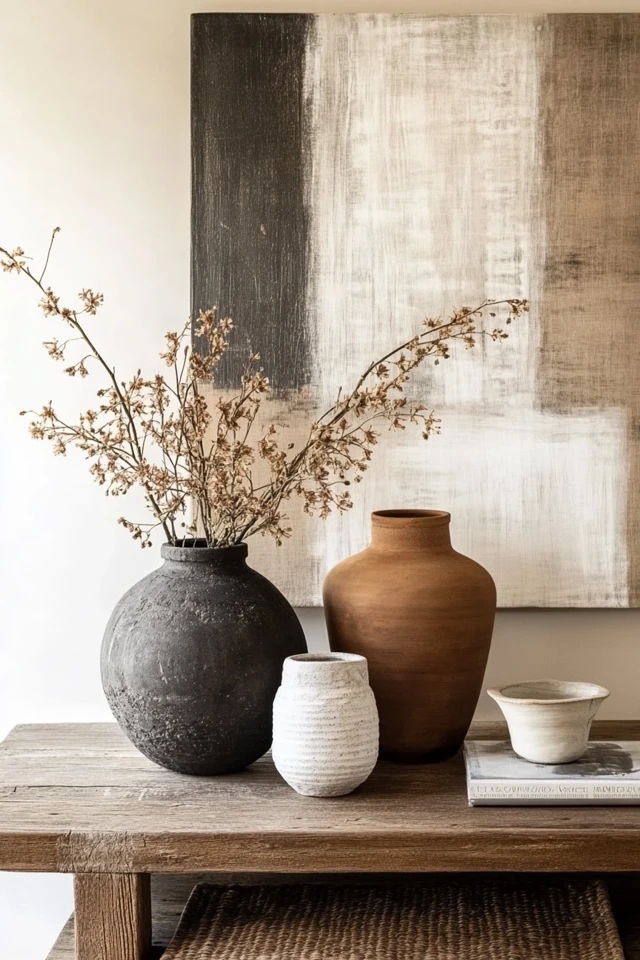
3. Layer with Rugs
Why It Works
Rugs anchor a room, define zones, and introduce color or texture.
How to Do It
- Layer a smaller, patterned rug over a neutral jute or sisal base for a boho vibe.
- Use a high-pile or faux fur rug near your bed for added coziness.
- Choose a bold pattern or color to liven up neutral flooring.
Example:
A geometric rug under a coffee table can tie together the seating area and add a splash of personality.
4. Style Shelves Creatively
Why It Works
Shelves are not just for storage—they’re an opportunity to showcase your personality through decor.
How to Do It
- Combine books with decor items like vases, candles, or small sculptures.
- Use plants, picture frames, or framed art to add depth and height.
- Group items in odd numbers and vary textures for balance.
Styling Tip:
Stack a few favorite books horizontally and top them with a small ceramic object or candle for a styled look.
5. Incorporate Greenery
Why It Works
Plants add life and vibrancy to a room, making it feel more welcoming.
How to Do It
- Choose easy-to-care-for plants like pothos, snake plants, or succulents.
- Use decorative planters in materials like ceramic, terracotta, or rattan to match your decor.
- Group plants at varying heights for a layered effect.
Example:
A fiddle-leaf fig in a woven basket next to a couch adds a touch of nature and warmth.
6. Include Art and Wall Decor
Why It Works
Art instantly adds character and reflects your personal taste.
How to Do It
- Hang large-scale art above a sofa or bed for a statement piece.
- Create a gallery wall with a mix of prints, photos, and frames.
- Use alternative wall decor, like macramé, mirrors, or woven baskets, for added texture.
Example:
A bold abstract print paired with a smaller typography piece creates a dynamic focal point on a blank wall.
7. Choose Unique Lighting
Why It Works
Lighting is both functional and decorative, and the right fixture can be a conversation piece.
How to Do It
- Use a bold pendant light or chandelier for a statement in your living or dining room.
- Add quirky table lamps with colorful bases or patterned shades.
- Incorporate string lights or fairy lights for a soft, ambient glow.
Styling Tip:
A sculptural floor lamp in brass or matte black doubles as art while lighting up the space.
8. Highlight Your Passions
Why It Works
Incorporating your hobbies or interests into your decor makes the room uniquely yours.
How to Do It
- Display musical instruments, like a guitar or violin, on stands or walls.
- Showcase a collection of travel souvenirs, books, or vintage finds.
- Use accessories that reflect your style, like framed concert tickets or sports memorabilia.
Example:
A shelf styled with travel guides and small souvenirs from trips tells your story in a stylish way.
9. Add Scented Accents
Why It Works
Scented candles or diffusers engage the senses, making your room feel cozier and more personal.
How to Do It
- Use candles in beautiful jars that double as decor.
- Choose a diffuser with essential oils that match the mood you want to create.
- Rotate scents seasonally—fresh florals for spring and cozy vanilla for fall.
Styling Tip:
Group a candle, a small vase with fresh flowers, and a book on a tray for a chic vignette.
10. Keep It Layered and Personal
Why It Works
Combining layers of texture, color, and personal touches ensures your room feels curated yet lived-in.
How to Do It
- Layer textiles like throws, rugs, and cushions for a cozy, welcoming vibe.
- Display personal mementos, like framed notes or heirlooms, alongside decor.
- Swap out accessories seasonally to keep the space feeling fresh and inspired.
Example:
A cozy chair styled with a colorful throw, a patterned cushion, and a stack of books becomes the perfect personalized reading nook.
How to Maintain a Personalized Space
- Declutter Regularly: Keep your accessories intentional—avoid overcrowding your space.
- Rotate Seasonally: Swap out decor and textiles to keep things fresh.
- Focus on Meaning: Choose pieces that hold sentimental value or reflect your style.
- Mix Old and New: Combine vintage finds with modern accessories for a layered look.
- Edit Over Time: Adjust as your style evolves, letting your space grow with you.
Conclusion
Adding personality to your room doesn’t require expensive renovations or brand-new furniture. By focusing on simple accessories—like cushions, art, or plants—you can create a space that’s uniquely yours.
When I added a mix of personal photos, bold throw pillows, and a few quirky decor items to my living room, the transformation was incredible. Suddenly, the space felt warm, inviting, and completely me.
So, take these tips and let your creativity shine. Your room should be a reflection of you—vibrant, stylish, and full of character.
FAQ
What are the best accessories to personalize a room?
Throw pillows, artwork, personal photos, plants, and unique lighting are all great options for adding personality.
How do I style shelves without cluttering them?
Group items in odd numbers, vary the heights of objects, and leave negative space for a balanced look.
How can I add personality without spending much?
Shop thrift stores for unique finds, repurpose items you already own, or create DIY art for a budget-friendly approach.
What’s the easiest way to refresh a room?
Swap out throw pillows, add a new rug or art piece, and bring in fresh greenery for an instant update.
Can accessories make a small room feel bigger?
Yes! Use mirrors to reflect light, keep decor minimal, and choose lighter colors for a more open feel.

